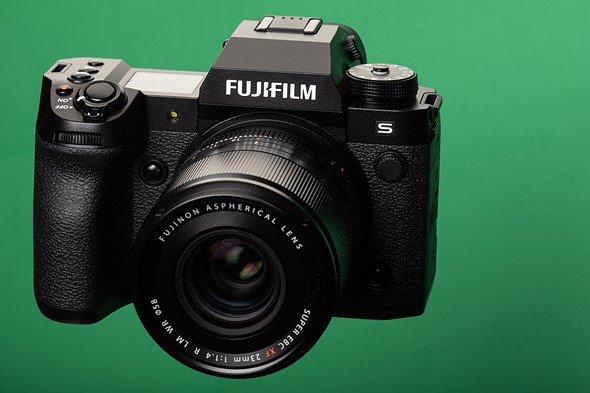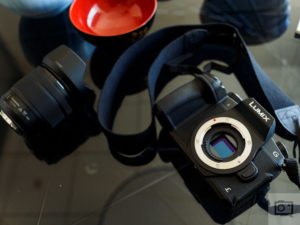
Researchers at the University of Washington have developed a tiny camera that can ride aboard a beetle, offering us a distinct and new view of the world. The lightweight wireless camera can stream video to a connected smartphone at 1 to 5 frames per second and can even pivot up to 60 degrees.
The small camera, which has been used in the real world on Pinacante and death-feigning beetles, records black-and-white images and can even be used in very low light. While an impressive achievement, the specs of the camera itself are nothing to write home about. The monochrome camera streams images that are 160 x 120 pixels.
The device communicates with a smartphone via Bluetooth from up to 120 meters away. In addition to viewing footage, researchers can also remotely control the mechanical arm attached to the camera via an electrical charge. When a high voltage is applied, the material used for the arm bends to the desired position. After the voltage is reduced or altogether removed, the arm will relax back to its original position, like how a human can only keep their head turned for a limited amount of time before needing to return to a natural resting position.
Co-lead author Vikram Iyer, a UW doctoral student in electrical and computer engineering. Image credit: Mark Stone/University of Washington
The tiny camera is a huge feat of engineering; the entire camera system, including the mount, arm and necessary electronic components, weighs about 250 milligrams, which is roughly half the weight the subject beetles can carry naturally. Fortunately, the camera has been designed in such a way that it doesn't limit the mobility of the beetles or harm them.
At this point, you may be wondering what scientific applications there are for attaching a camera to a beetle. The first-person view from a beetle has allowed researchers to better understand how the subject responds to various stimuli and how it uses vision to approach its environment.
Further, by leveraging its incredibly small camera system, the team also built the world's smallest terrestrial power-autonomous robot with wireless vision. The robot is 'insect-sized' and uses vibrations to move. The team hopes that future versions of the autonomous robot camera could be made without a battery or be solar-powered.
The world's smallest terrestrial power-autonomous robot with wireless vision. Image credit: Mark Stone/University of Washington
Unsurprisingly, with a such small device, finding a way to power it proved challenging. Researchers turned to the world of insects for inspiration. Flies, for example, dedicate 10 to 20 percent of their total resting energy to power their brains, which are primarily busy with visual processing. In order to efficiently use its limited energy, a fly has a small portion of their overall vision area which sees with high fidelity. In order to see different areas with good detail, a fly must move its head.
This is where the researchers got the inspiration for a movable arm for their tiny beetle camera. Co-lead author of the study, University of Washington doctoral student in electrical and computer engineering, Vikram Iyer, said the following: 'One advantage to being able to move the camera is that you can get a wide-angle view of what's happening without consuming a huge amount of power. We can track a moving object without having to spend the energy to move a whole robot. ' To further conserve energy of the system, the camera system includes an accelerometer, which allows the camera to only record images when the beetle moves. In the end, battery life is between 6 and 10 hours.
For more information, members of the American Association for the Advancement of Science can view the full article in the latest volume of Science Robotics. If you're interested in other electronics-equipped insects, researchers at the University of Washington attached sensors to bees in 2018.
. dpreview.com2020-7-17 19:39






















